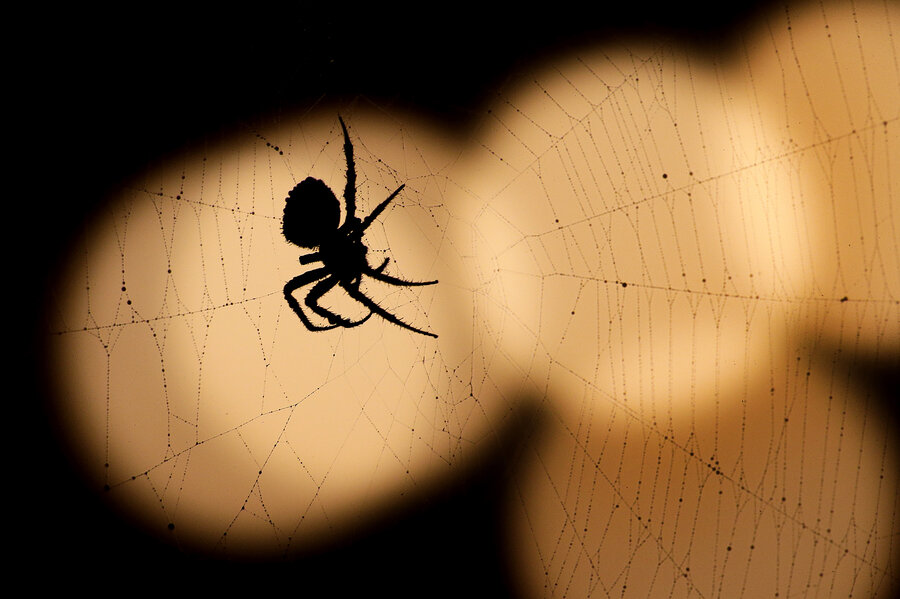Where do spiders come from? A tiny, prehistoric 'almost spider' offers clues.
Loading...
Scientists have described a 305-million-year-old fossilized creature that looks exactly like a modern-day spider. But it is not a spider.
The 1.5 cm creature has been stored in the Museum National d’Histoire Naturelle in Paris since it was first unearthed in eastern France by amateur fossil hunter Daniel Scotty in the 1980s. Paleontologists have only just now made sense of the fossil, because the creature was almost entirely encased in rock. But thanks to new, high-resolution CT scans, paleontologist Russell Garwood from the University of Manchester and his team were able to create a 3D model of the ancient arachnid.
“This fossil is the most closely related thing we have to a spider that isn’t a spider,” Garwood, lead author of the paper published Wednesday in The Royal Society Publishing, tells the BBC of the newly dubbed Idmonarachne brasieri. “By CT scanning it, you can actually extact the full front half of the animal from the rock, to try and better understand its anatomy.”
And with its spidery mouth and eight legs, Idmonarachne looks a lot like a modern-day spiders. But Idmonarachne is missing a crucial feature shared by all modern spiders: the spinneret, used to spin silk.
Spider relatives called uraraneids, who lived between 385 million years ago to the time of Idmonarachne 305 million years ago, could eject silk to protect their eggs or line their burrows, but they lacked spinneret. After Idmonarachne, all true spiders evolved spinnerets that allowed them to carefully direct secreted silk for web production.
Paleontologists say Idmonarachne is a spider cousin, filling in a gap in spider evolution.
Idmonarachne lacks the long tail of the Attercopus spiders that lived another 80 million years earlier. And the Idmonarachne is not an early version of present day spinneret-bodied spiders, because their early ancestor has already been uncovered from the same time, 305 million years ago – spinneret and all.
And without spinnerets, Idmonarachne can’t be called a spider.
“Although distinctly spider-like in habitus, this remarkable fossil lacks a key diagnostic character of Aranae: spinnerets,” the researchers explain in their study. “This last innovation defines the true spiders, significantly post-dates the origins of silk, and may be a key to the group’s success.”
“Our creature probably split off from the spider line after [Attercopus], but before true spiders appeared,” Garwood tells the BBC. “The earliest known spider is actually from the same fossil deposit – and it definitely has spinnerets. So what we’re actually looking at is an extinct lineage that split off the spider line some time before 305 million years ago, and those two have evolved in parallel.”
The researchers named their discovery after the Greek mythological figure Idmon, father of the weaver Arachne who was turned into a spider, and Martin Brasier, a well-known Oxford palaeobiologist who died in a car crash in 2014.








